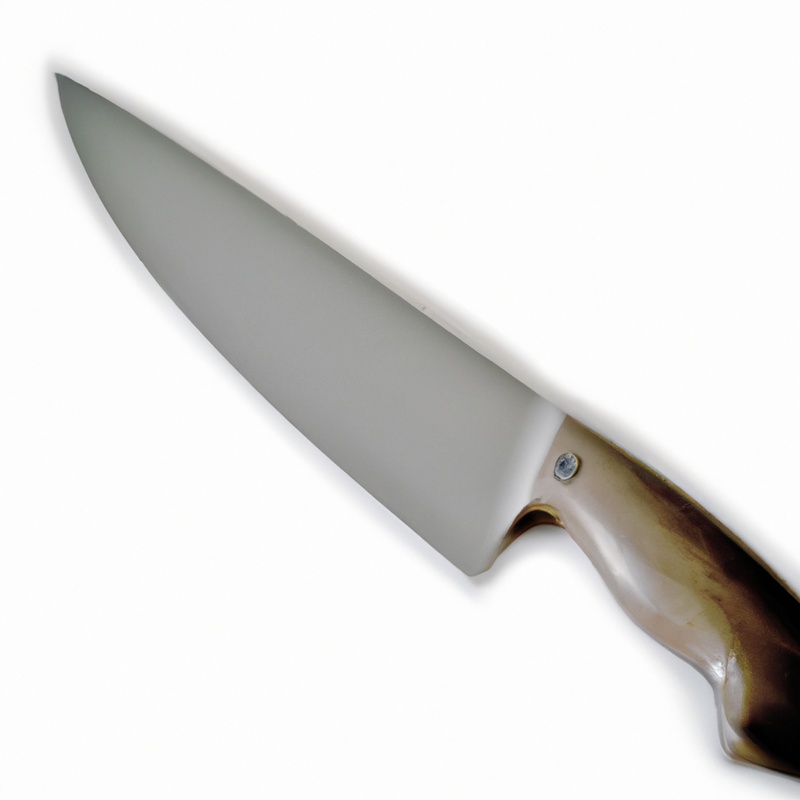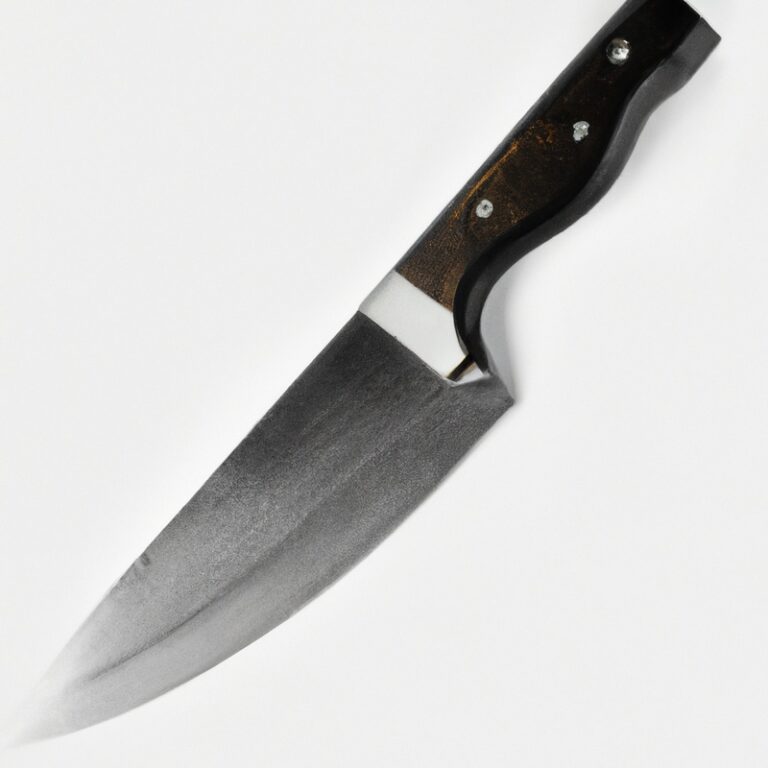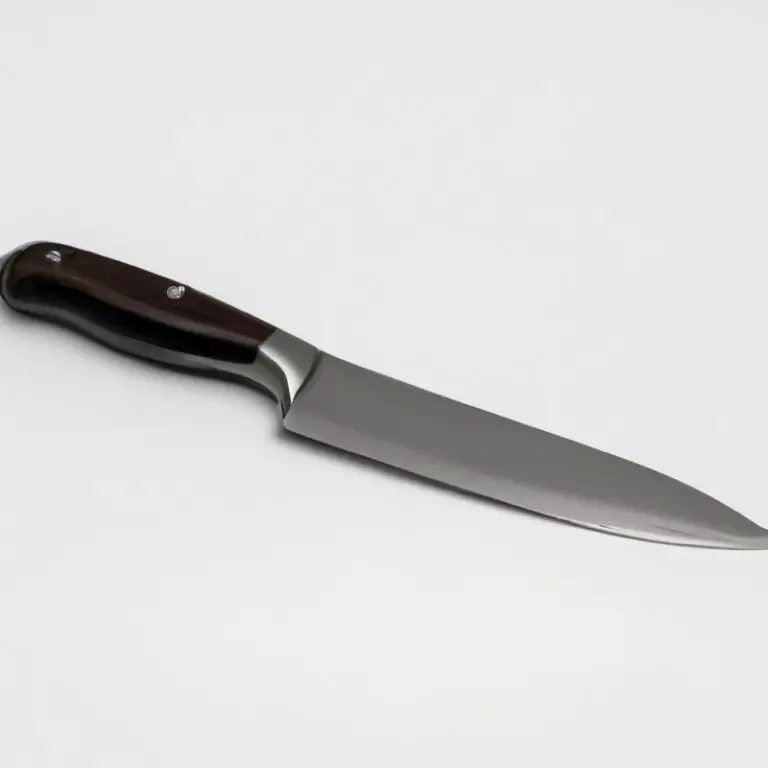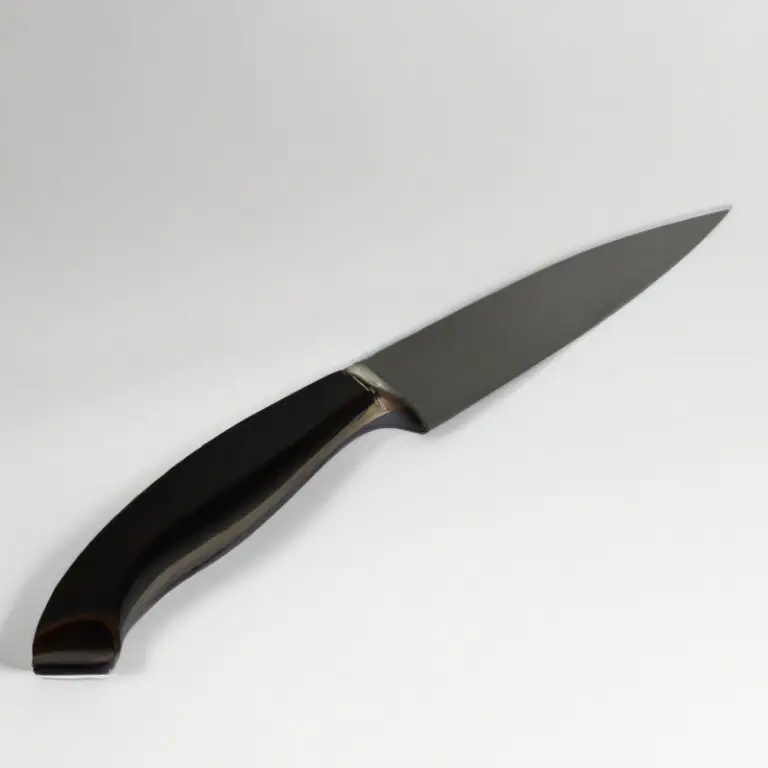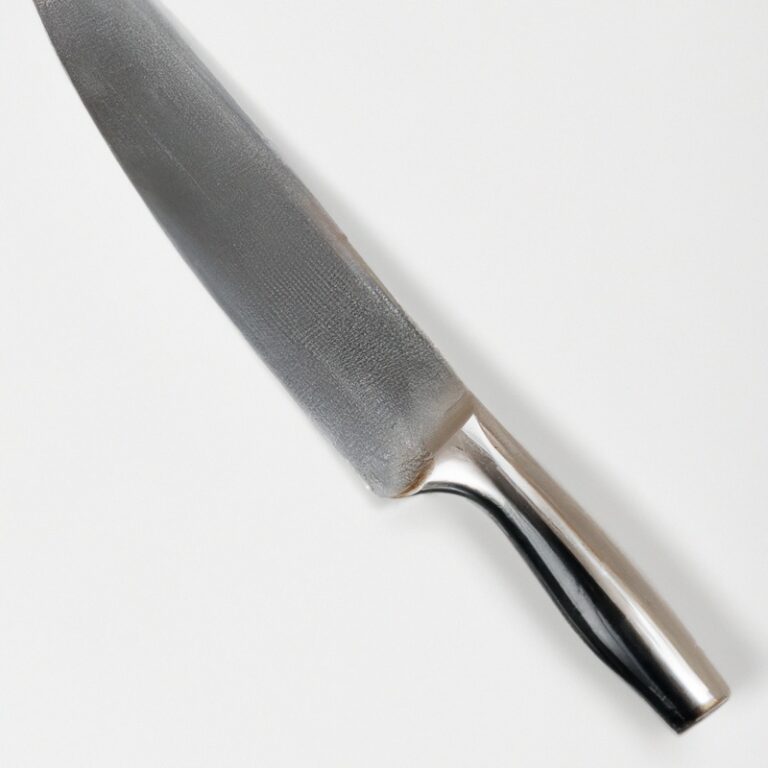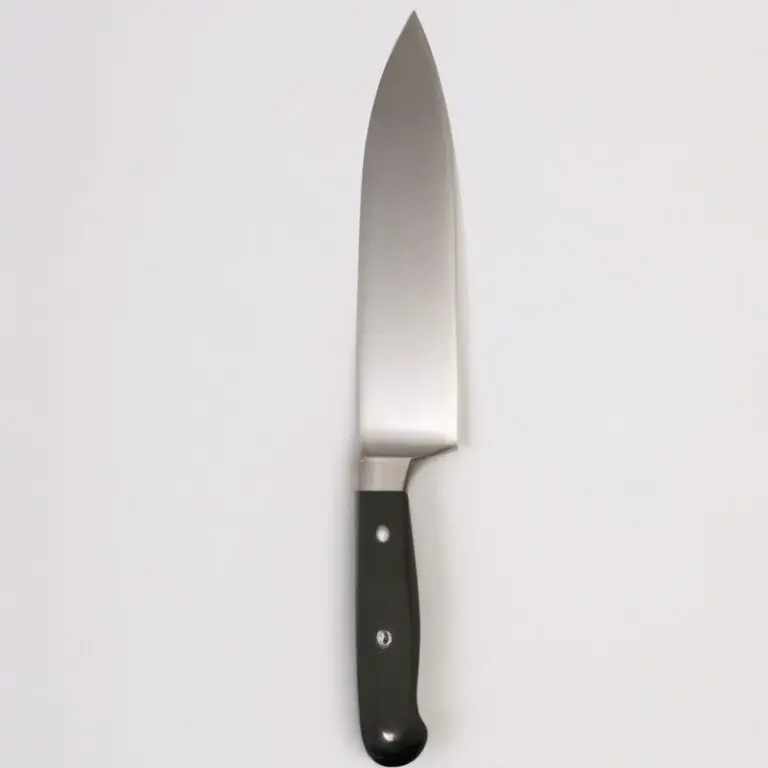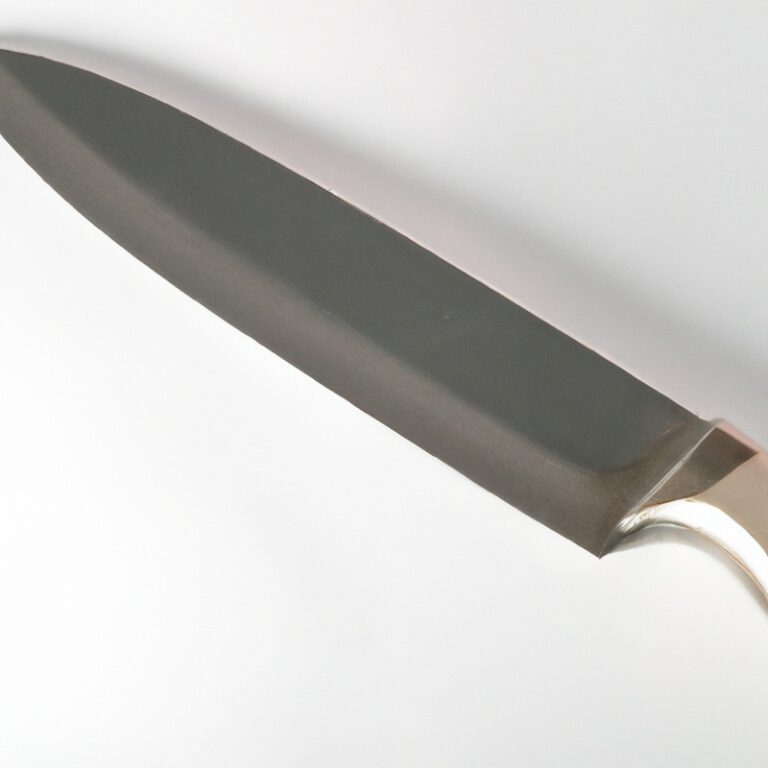How To Fillet a Smelt Using a Fillet Knife? Easy!
Key Takeaways:
- A sharp fillet knife is crucial for successfully filleting a smelt.
- Practice proper hand placement and technique to avoid injuring yourself while filleting.
- Start by carefully removing the head and continuing along the backbone to separate the fillets.
- Cleaning and deboning the fillets ensures a delicious and safe dish.
If you love seafood, then getting to the meat of a smelt can be a delicious experience. However, choosing the right fillet knife and following the proper techniques can make or break the dish.
As an expert in the field, I’ve filleted more smelt than I can count, which is why I’m here to guide you through the process.
From preparing the fish to removing the bones and skin, I’ll give you all the tips and tricks you need to perfect your filleting game and enjoy the tasty results. So, let’s dive into the world of smelt filleting!
| Steps | Tools | Instructions |
|---|---|---|
| Step 1 | Fillet knife, cutting board, towel | Place the smelt on the cutting board and cover it with a towel. |
| Step 2 | Fillet knife, cutting board, towel | Starting at the head, make a cut along the spine until you reach the tail. |
| Step 3 | Fillet knife, cutting board, towel | Insert the fillet knife into the cut and separate the flesh from the bone as you move towards the tail. |
| Step 4 | Fillet knife, cutting board, towel | Repeat steps 2 and 3 on the other side of the smelt to get the second fillet. |
| Step 5 | Fillet knife, cutting board, towel | Remove the skin by placing the fillet skin-side down and starting at the tail, gently pulling the skin away while keeping the blade close to the skin. |
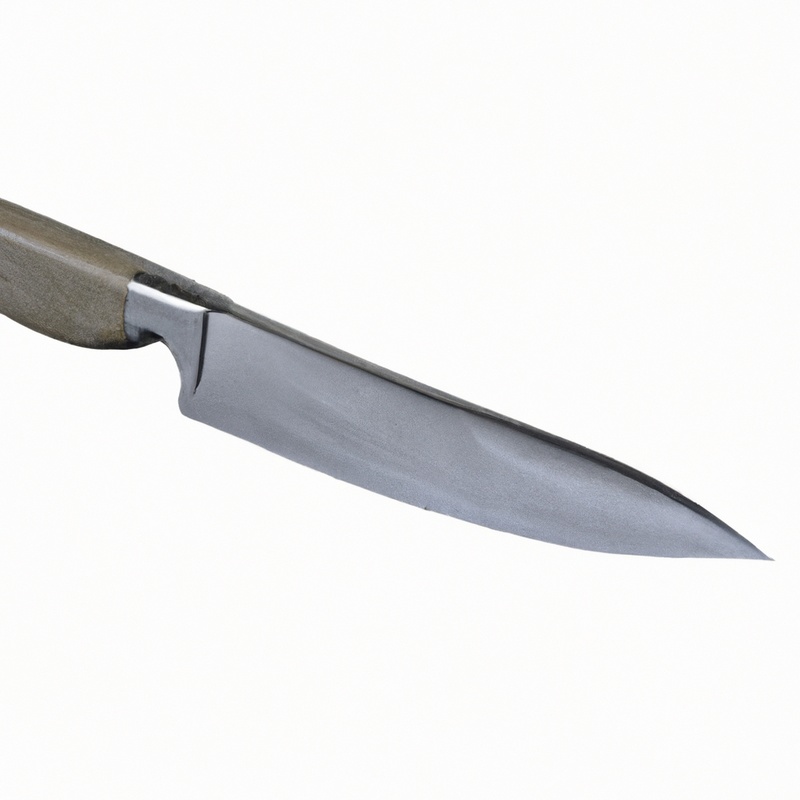
Getting Started: Preparing the Smelt for Filleting
Before you start filleting a smelt, it’s important to properly prepare the fish. Begin by rinsing the smelt under cold water and patting it dry with a paper towel.
Next, use a pair of scissors or kitchen shears to trim off the fins and tail.
The smelt is a small fish, so it’s important to use a small fillet knife. Choose a flexible knife with a blade length of 6-8 inches.
A flexible blade will allow you to easily remove the bones without losing too much meat.
Before you start filleting, make a small incision behind the head and down to the spine. Use your thumb to gently pry open the cavity and remove the entrails.
Rinse the smelt under cold water to remove any remaining blood or debris.
Once your smelt is clean and gutted, you can begin filleting. Place the fish on a cutting board with the belly facing up.
Use the tip of your fillet knife to make a small cut just behind the gills.
Gently work your knife down along the backbone, using the ribs as a guide. Use a back and forth motion to separate the flesh from the spine, being careful to not cut through the rib bones.
Repeat this process on the other side of the fish.
Once both fillets are removed, you can use a pair of tweezers or fish pliers to remove any remaining bones. With a little practice, filleting a smelt can become a quick and easy process.
By properly preparing the fish and using the right tools, you can ensure that you get the most out of your catch.
The Tools You Will Need: Choosing the Right Fillet Knife
When it comes to filleting a smelt, choosing the right fillet knife is crucial for achieving the best results. A fillet knife should be sharp enough to effortlessly slice through the smelt’s flesh and flexible enough to maneuver around the bones.
A blade length of 6 to 8 inches is recommended for smelt filleting, with a narrow and thin blade that can reach tight spaces without damaging the meat.
Consider knives made with carbon steel or high-quality stainless steel for durability and rust-resistance. It’s also important to look for a comfortable and ergonomic handle that provides a secure grip to prevent slipping and reduce fatigue.
Investing in a quality fillet knife is a worthwhile investment for any avid angler or home cook looking to fillet smelt with ease.
Step-by-Step Guide to Filleting a Smelt: Removing the Head and Gutting
To begin filleting a smelt, start by removing the head. Hold the smelt by its head, and using a sharp fillet knife, make a small incision at the base of the gills.
Cut the head off by slicing along the spine towards the tail.
Next, cut a small slit just below the bottom fin of the smelt and carefully open up the body cavity with your fingers. Use the tip of the fillet knife to remove the guts and any other innards.
Rinse the body cavity and the fish under cold, running water to remove any remaining blood and debris.
You have now successfully removed the head and gutted the smelt. Be sure to properly dispose of the head and guts, and continue with the next steps to fillet the fish.
Filleting the Smelt: Removing the Bones and Skin
Once you have removed the head and gutted the smelt, it’s time to fillet the fish by removing the bones and skin. Using a sharp fillet knife, make a slit near the head of the fish and gently insert the knife under the skin as close to the bones as possible.
Slowly work your way down the length of the fish, angling the knife towards the bones.
Keep the blade parallel to the spine as you work your way along the rib cage. Once you’ve separated the flesh from the bones on one side, lift the fillet up and carefully repeat the process on the other side.
Be sure to keep the knife as close to the bones as possible to maximize the amount of flesh you extract.
Now that you’ve removed both fillets, inspect them carefully to ensure they are free of small bones. Using a pair of tweezers, carefully remove any pin bones that you find.
If you plan on cooking the fillets with the skin on, you can season them as desired and start cooking.
Otherwise, you’ll need to remove the skin by gently sliding your knife between the flesh and skin at one end of the fillet. As you move down the fillet, use your other hand to hold onto the skin and keep it taut.
With a little practice, filleting smelt can become a quick and easy process.
Just be sure to take your time and use a sharp fillet knife to get the best results.
Cutting Techniques for Filleting a Smelt: Slicing, Separating, and Trimming
When it comes to filleting a smelt, there are three primary cutting techniques you should know: slicing, separating, and trimming. Slicing involves cutting through the flesh along the fish’s spine, separating involves cutting the fillet away from the bones, and trimming involves removing the skin and any remaining bones.
To slice the smelt, use a sharp fillet knife to make a cut from behind the head down to the base of the tail.
Then, carefully slide the knife along the backbone, slicing through the meat and separating it from the bones. Repeat the process on the other side of the fish.
To separate the fillet from the bones, place the fish skin-side down on a cutting board.
Using a sharp knife, carefully cut the fillet away from the rib bones. Work slowly and use the knife’s tip to help release the meat from the bones.
Once the fillets are separated, trim away any remaining bones and remove the skin.
Use a sharp knife to make a small cut at the edge of the fillet, then grip the skin with your other hand and pull it away from the flesh. With these cutting techniques, you’ll be able to fillet a smelt quickly and efficiently.
Remember to always use a sharp fillet knife and work carefully to avoid losing any meat or flavor.
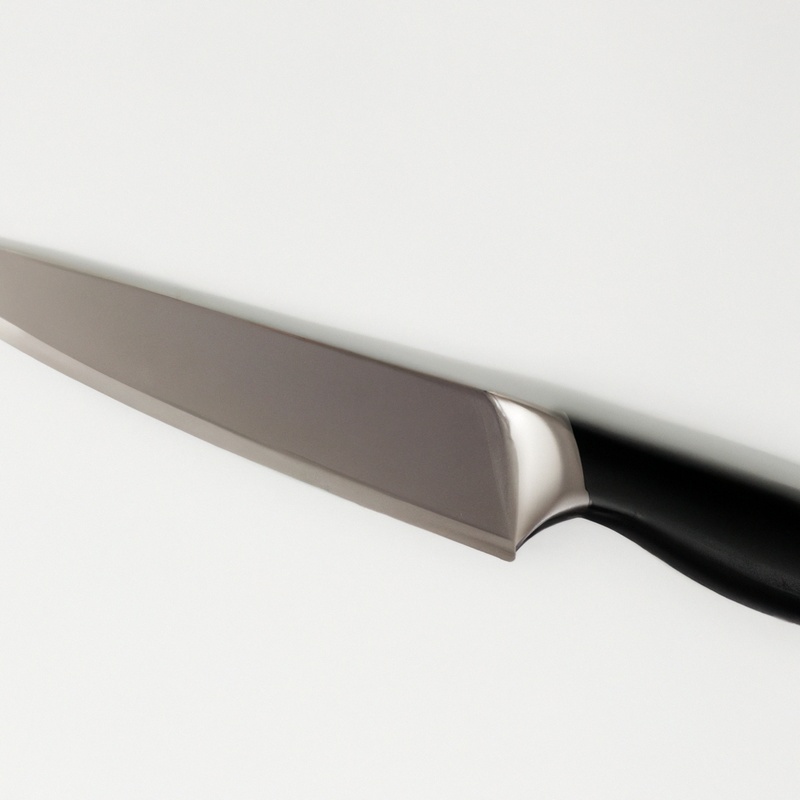
Preparing Smelt Fillets for Cooking: Cleaning, Seasoning, and Storing
Once you have filleted your smelt, it’s time to prepare the fillets for cooking. Cleaning the fillets is crucial as smelt are a small fish that can be quite bony, and removing any extra bones will make for a much more enjoyable dining experience.
Rinse the fillets with cold water and pat dry with paper towels.
To season the fillets, you can keep it simple with just salt and pepper, or add your favorite herbs and spices. Smelt has a mild flavor that pairs well with a variety of seasoning options.
Alternatively, you can marinate the fillets in a mixture of oil, vinegar, and herbs for an hour or two before cooking.
When it comes to storing your smelt fillets, keep them refrigerated in an airtight container for up to two days. Any longer, and the fish can start to spoil.
Smelt fillets are delicate and do not freeze well, so it’s best to use them within a day or two of filleting.
By properly cleaning, seasoning, and storing your smelt fillets, you’ll enhance their flavor and enjoy a delicious meal.
Common Mistakes to Avoid When Filleting Smelt: Overworking the Fish, Losing Meat and Flavor
Overworking the fish, losing meat, and flavor are common mistakes to avoid when filleting smelt. Overworking the fish refers to excessively handling or filleting the fish.
It can cause the flesh to become mushy or fall apart, resulting in fillets that are unappetizing and difficult to cook.
To prevent overworking the fish, handle it gently and avoid excessive pressure when filleting. Also, use a sharp fillet knife that can cut precisely through the fish without requiring too much pressure.
Losing meat and flavor can occur when improper filleting techniques are used.
If not done properly, you may accidentally cut away too much meat, leaving a lower yield of fillets. Additionally, using too much force can result in cutting through bones, which can spoil the taste of the fish.
To prevent losing meat and flavor, be sure to use the correct filleting technique and make precise cuts without applying too much force.
Take care to avoid cutting through bones, and practice filleting until you achieve the proper technique. By avoiding these common mistakes, you can produce tasty, attractive fillets that are perfect for a variety of recipes.
Tips and Tricks for Filleting Smelt with a Fillet Knife: Maintaining Sharpness, Grip, and Posture
Maintaining a sharp fillet knife helps ease the filleting process and ensures clean cuts that preserve the smelt’s meat. Always use a sharp blade to avoid overworking the fish and ending up with less meat and flavor.
A good grip on the fillet knife will provide better control and less chance of injury.
Ensure proper posture when filleting to avoid muscle strain. Finally, keep the smelt skin-side-down and hold it steady while filleting for the best results.
Filleting Smelt with Other Types of Knives: Serrated vs. Straight Blades
When it comes to filleting smelt, a fillet knife is the best option. However, if you don’t have one, you can still use other types of knives.
But which one should you choose – serrated or straight blade knife?
Serrated knives are great for cutting through tough materials, but they’re not ideal for filleting delicate fishes like smelt. The serrated edge tears the meat and makes it difficult to achieve a clean fillet.
On the other hand, a sharp straight blade knife is the best option for filleting smelt.
It allows you to make precise cuts, separate the meat from the bones, and remove the skin with ease. You can also use a chef’s knife or a boning knife, as long as it’s sharp and flexible enough.
In summary, while a fillet knife is the ideal tool for filleting smelt, a sharp straight blade knife can work just as well.
Avoid using serrated knives as they can damage the delicate meat, making it hard to achieve a clean fillet.
Recipes to Try with Smelt Fillets: Fried, Grilled, Baked, or Raw Fish
Smelt fillets are versatile and can be cooked in various ways, each resulting in unique and delicious flavors. Here are some recipes to try:
- Fried Smelt: Coat the fillets in seasoned flour, dip in beaten egg, then coat in breadcrumbs before frying in hot oil until golden brown.
- Grilled Smelt: Marinate the fillets in olive oil, lemon juice, garlic, and herbs before grilling over medium heat for 2-3 minutes per side.
- Baked Smelt: Arrange the fillets in a baking dish, season with salt, pepper, and your choice of herbs. Drizzle with olive oil and bake at 375°F for 10-12 minutes.
- Raw Smelt: For a unique and tasty appetizer, thinly slice the fillets and marinate them in citrus juice, herbs, and olive oil for at least 30 minutes before serving.
Experiment with different herbs, spices, and sauces to find your favorite way to prepare and enjoy smelt fillets.
Final Verdict
Filleting a smelt with a fillet knife can be a rewarding experience for any home cook or seafood enthusiast. By following the step-by-step guide and using the proper tools and techniques, you can achieve perfectly filleted smelt with ease and efficiency.
Remember to avoid common mistakes, maintain sharpness, and experiment with different recipes to make the most of your fillets.
With a little practice, you can become a pro at filleting smelt and impress your friends and family with delicious and flavorful seafood dishes. Trust in your abilities and the information presented throughout this article, and enjoy the tasty results of your efforts.

